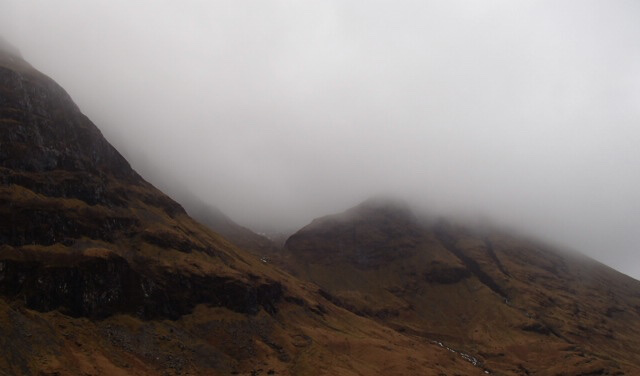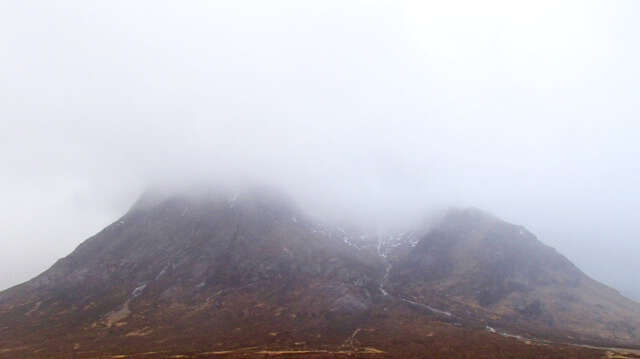The Misty Caldera
18th February 2017
It has remained mild throughout the period with plus 3 degrees celsius at 1000 metres, these temperatures have been accompanied by rain and drizzle which in turn have depleted the snow cover. See photo’s below.
The rocks of Glen Coe are the eroded remains of an ancient volcanic ‘caldera’ the Spanish word for ‘cauldron’. Calderas form when the upper part of a volcano subsides along a roughly circular fault into a subterranean magma chamber.Â
The Glen Coe caldera is oval, 14 by 8km. Calderas are common in modern volcanoes like Hawaii but the Glen Coe volcano was active 420 million years ago.
Glen Coe is important because it was the first example of ‘cauldron subsidence’, identified in ancient rocks anywhere in the world, by members of the British Geological Survey in 1909.
Glen Coe was deeply eroded by glaciation, which ended 11,500 years ago, so that the outlines of the original volcanoes have been lost but as you can see from the pictures evidence remains.
Comments on this post
Got something to say? Leave a comment








